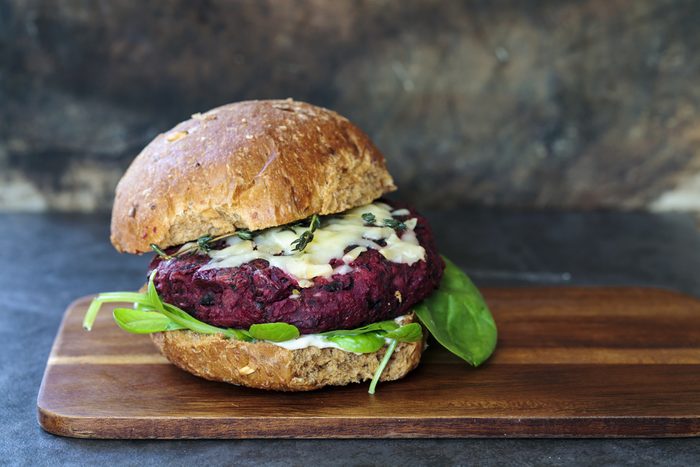
“I’m going vegetarian”
Novice vegetarians sometimes gain weight because they don’t realize cheese, pasta, and other vegetarian standards are loaded with calories. Instead of becoming a full-fledged vegetarian, Erin Palinski-Wade, RD, LDN, a nutrition consultant and author of Walking off the Weight for Dummies, suggests eating a mostly plant-based diet while slowly reducing your meat intake. “Add puréed beans or lentils into ground beef to create a burger patty with less animal protein and more fiber,” she says. “This swap won’t leave you hungry. A study found that the protein in peas staved off hunger better than whey protein [from dairy], making it a filling option. Adding in vegetarian sources of protein like beans and lentils can be a good way to boost fiber in your meal plan, and that can help promote a healthy body weight.” She suggests snacking on roasted chickpeas instead of pretzel or chips, or tossing beans on pasta and salads. “You’ll add more protein to a vegetarian diet without increasing calories significantly,” she says.
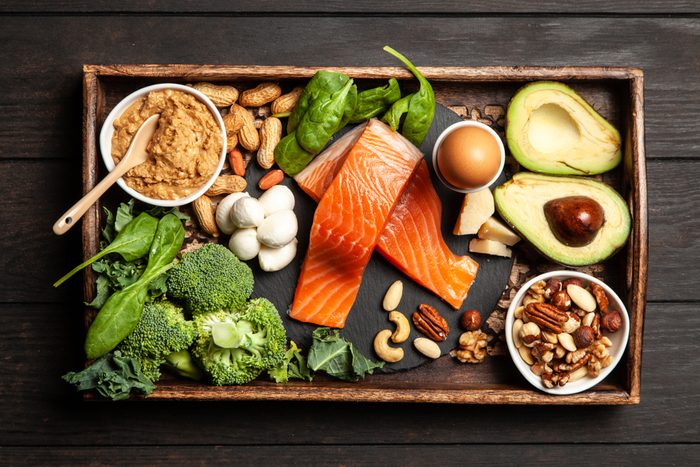
“I’m going to try the XYZ diet”
Dropping pounds fast on a fad diet may make you happy in the short term, but not when the weight comes screaming back. “Fad diets promote rapid weight loss, but the loss usually results from making dramatic lifestyle changes that you can’t maintain,” warns Palinski-Wade. Fad diets tend to cut out entire food groups—fruit, meat, or grains, for example. However, your body needs a varied diet to get the nutrients it needs. “Variety helps prevent boredom,” she says, “which can lead to cravings and eventual overeating.” You’ll find it easier to sustain your weight loss by maintaining a well-balanced diet. “Focus less on the diet and more on the habits that will lead to the desired outcomes,” says Allison Tibbs, a San Francisco-based personal trainer and healthy lifestyle coach.
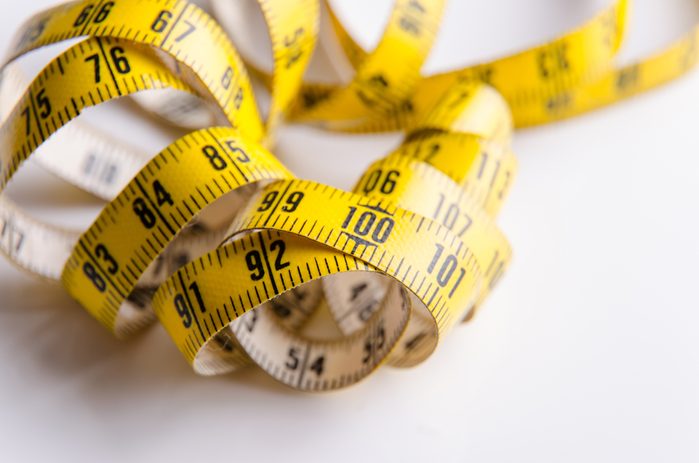
“I’m going to lose a bunch of weight”
Try not to focus your goals on weight loss alone. Instead, strive to live healthier in general—including resolving to exercise most days of the week—and the weight loss will come. “Set goals to work out a certain number of times a week so you have something tangible to check off your to-do list,” says Paige Waehner, a certified personal trainer and author of The About.com Guide to Getting in Shape. “Seeing how many workouts you get in each week will motivate you to keep going.”
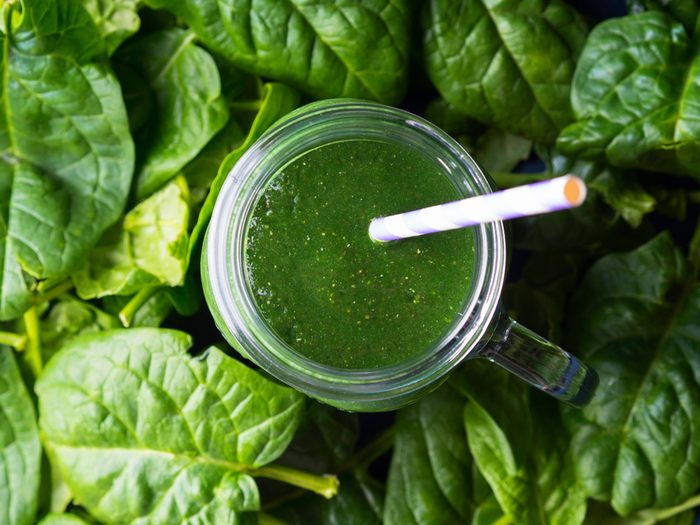
“I’m committing to a juice cleanse”
Juice cleansing may be all the rage, but it isn’t always safe. To boost your health, take a smart and safe approach to clean out your system by cleaning up your diet. And then you can add some healthy juice: Amy Gorin, MS, RDN, owner of Amy Gorin Nutrition in the New York City area, loves 100-percent grape juice made with Concord grapes. “It offers fruit nutrients like polyphenols and the antioxidant vitamin C that can help everything from your heart health to your brain health and immunity,” she says. Drink it straight up, blend it into a smoothie, or mix it into a salad dressing, she says. Find out what New Year’s resolutions health experts make for themselves.

“I’m going to exercise every day”
Yes, it’s great to want to prioritize fitness. But this goal is too broad and demanding. Instead, think about exactly what you’ll do—and build in rest and recovery days. Maybe you’ll resolve to complete 10 real pushups. Run a 5K. Sign up for a new class at the gym. You’re more likely to fulfill a goal if it’s specific, advises Phyl London, a personal trainer specializing in Pilates and group exercise. If you’re stuck on what to strive for, seek help from a pro, she says. “Make an appointment with a trainer to set attainable and reasonable goals.”
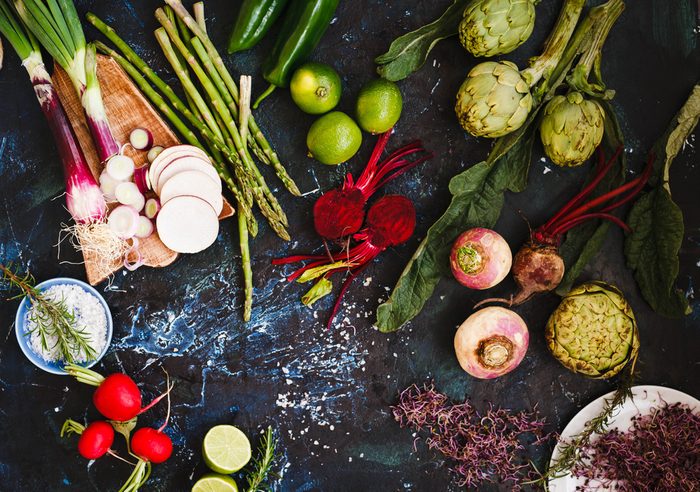
“I’m going to eat better”
You can’t just eat better without educating yourself or putting in some legwork. Part of healthful eating should include careful label reading, says Kristin Kirkpatrick, MS, RDN, manager of wellness nutrition services at the Cleveland Clinic. She recommends reviewing a label’s ingredients and the numbers that are important to you—things like fiber, protein, calories, sodium, sugar, and fat content. “Avoid looking at the front of the product,” says Kirkpatrick. “That area contains only smoke-and-mirrors marketing to cajole you into purchasing a product.” Be wary of words like “low fat,” “natural,” “healthy,” and “diet,” she says. “Foods that actually fit all these descriptions, like an apple, don’t need to sell themselves.” Just be sure to avoid these common mistakes people make when reading nutritional labels.
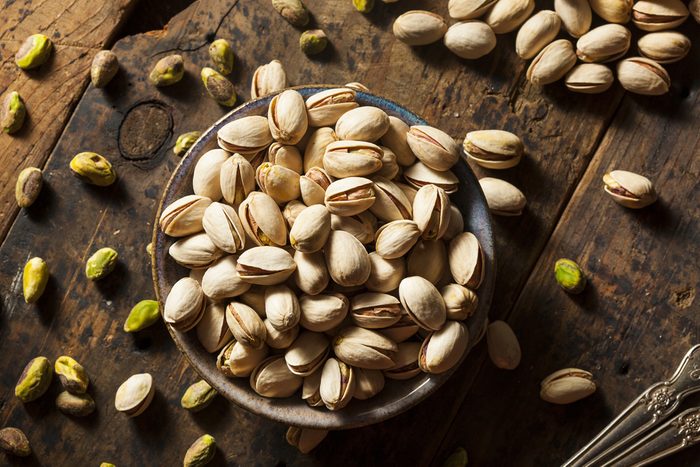
“No more snacking”
Do it the right way, and snacking will help you lose weight. “I like to snack on 100-calorie packs of pistachios,” says Gorin. “The shells provide a visual cue of the amount you’ve eaten, which may help you stop before you have extra servings.” Shelling the nuts also helps slow your eating. A preliminary study in Appetite found that volunteers eating in-shell pistachios consumed 41 percent fewer calories than those snacking on the shelled version.
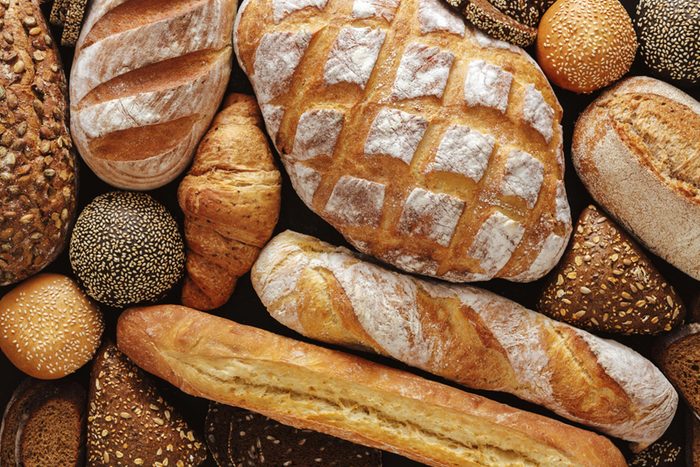
“I’m giving up gluten”
Going gluten-free may be trendy right now, but cutting the wheat protein out of your diet only makes sense for certain people, according to the Cleveland Clinic. “Unless you have a gluten allergy or sensitivity, there’s no reason to give up gluten,” says Alix Turoff, MS, RD. Plus, going gluten-free doesn’t equal healthy: “I don’t believe in cutting out food groups because it almost always backfires,” says Turoff. “Instead, be mindful of what you’re actually eating and identify where your problems are.” She suggests keeping a food journal for a week to uncover eating issues and make yourself accountable. Check in at the end of the week to assess your protein, fat, carb, fiber, and calorie intake and how you’re feeling.
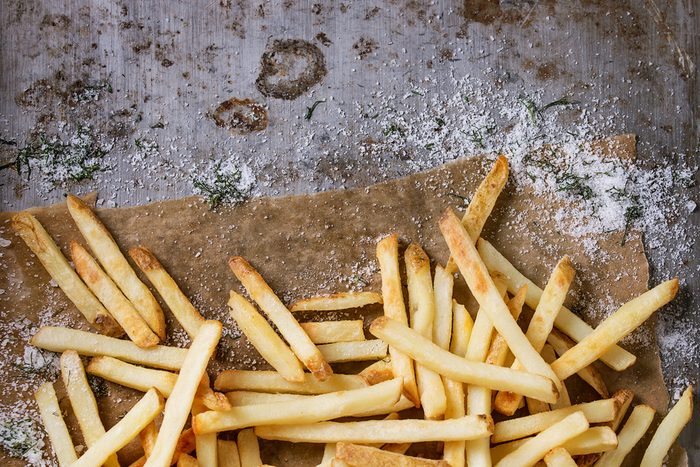
“I won’t eat any more fast food”
If your plan is to substitute the convenience of a fast food meal with an energy bar or a protein shake, you’re no better off. A meal offers nutrients, protein, and fiber, all of which will satisfy your hunger. Instead, aim to make better choices at the drive-through. Ditch fried dishes in lieu of grilled ones. Pass on the mayo. Never supersize a meal. “Getting a kid’s meal can also be a great idea,” says Amy Goodson, MS, RD, LD, a dietitian based in Dallas. That way, you can be assured that you’re getting a reasonable portion size. Here are more New Year’s resolutions that are impossible to stick to.
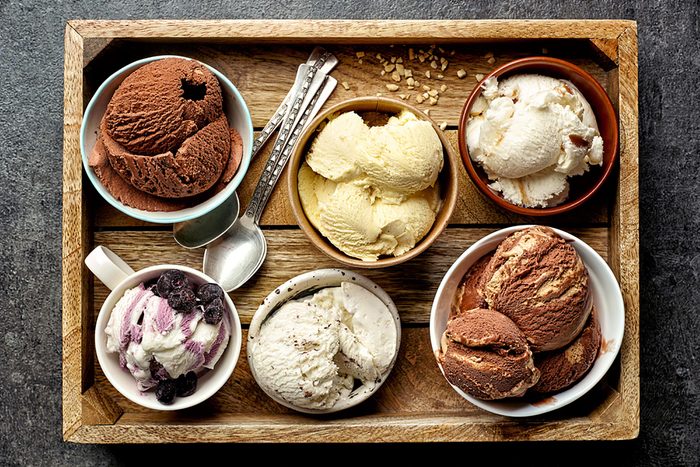
“I’m never eating dessert again”
You’re unlikely to maintain ultimatums. Plus, they’re unfair and unnecessary. You can eat treats—just save them for special occasions. That way, you’ll see sweets for the indulgence they are. “Eat ice cream at the ice cream shop instead of hoarding it in your freezer,” advises Shereen Lehman, MS, health care journalist and author of Superfoods for Dummies. “You don’t have to give it up, but make it more fun, more special, and more work to get it.” Find out the resolutions health experts hope you do make.
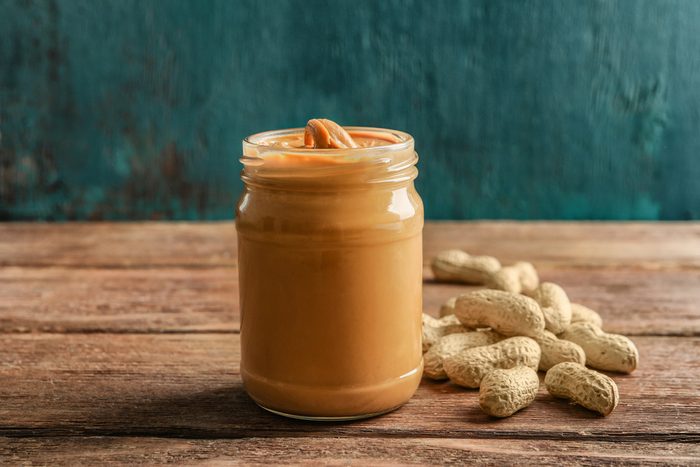
“I’m giving up all sugar”
That’s next to impossible—and not something you or your body would want. First, there’s naturally-occurring sugar in healthy foods like fruit, vegetables, and dairy. Instead, make your focus added sugar, like the kind that turns up in processed foods and places where it has no business, like store-bought spaghetti sauce, peanut butter, and salad dressing. The American Heart Association recommends that women limit their daily intake of added sugars to 100 calories or less (about 6 teaspoons); men should stay under 150 calories a day (about 9 teaspoons). For perspective, the Mayo Clinic points out that a 12-ounce can of regular soda has about 10 teaspoons of sugar.
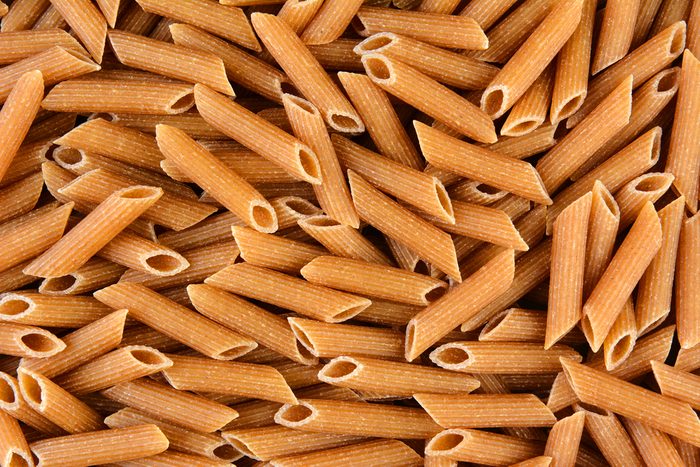
“I’m giving give up all carbs”
Yes, carbs get a bad rap. However, only some types of carbs are unhealthy. Simple carbs such as those from refined flour and sugars—crackers, bread, sweets, and pasta—hike your blood sugar levels and can increase inflammation while adding pounds. Complex carbohydrates—whole grains, veggies, fruits, and beans—provide fiber and help promote a flat belly and optimal health. The Dietary Guidelines for Americans recommend that you get about 45 to 65 percent of your daily calories from carbs. So, if you eat about 2,000 calories a day, 900 to 1,300 calories should be from carbohydrates (or 225 to 325 grams of carbohydrates a day). Next, read up on all the health rules doctors don’t follow—so you shouldn’t either.